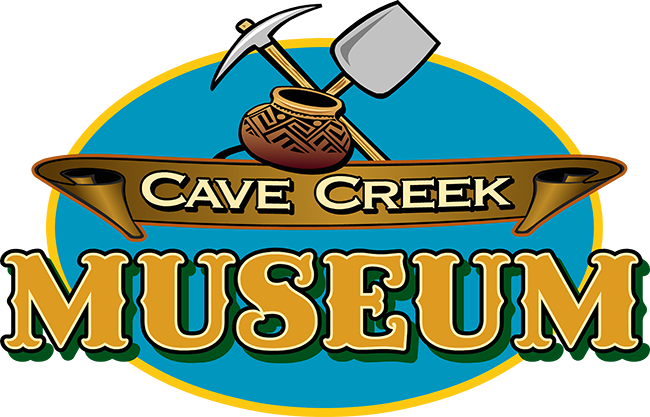Spurs in America’s Southwest
A Cowboy and His Spurs
Believe it or not, the first evidence of spurs appeared in about 5th Century B.C., and in the oddly serendipitous way these things happen, appeared in the Roman Empire, Greece, the medieval Arabic world and amongst the Celts all at about the same time! These early spurs were “prick” spurs—long points welded onto a metal or leather yoke. Prick spurs were common until the 14th century, when rowel spurs made their appearance. About that time, spurs became much more ornamental in design and decoration. For example, the spurs of the Spanish Conquistadors were elaborately engraved and chased with precious metals and could have rowels as large as 6” around!
Spurs are still popular, especially in the American Southwest, where they are an important part of the cowboy tradition. How many old tv or movie westerns have you watched where a cowboy’s approach was heralded by the jingling of his spurs?
A set of spurs are a key piece of a cowboy’s equipment. Spurs are used by riders to signal commands to their horses. Spurs are especially useful to cowboys to maintain control over their horses when they cannot use reins when performing tasks that require them to use their hands and upper bodies.
The spurs used by cowboys are primarily of three types: the Mexican spur, the California or buckaroo spur and the Texas or cowboy spur. The spur is composed of a heel band with buttons that can be either stationary or swinging; a shank, straight or curved, and with or without a chap guard; and a rowel, that is, a small wheel of various types, such as “toothed,” “6-Point Spoke,” “5-Point Star” and “Sawtooth.”
The spur is an art form as well as a tool, with engraving and other artistic elements, often handmade and utilizing silver or other precious metals. There are many collectors of antique spurs, particularly western and cowboy aficionados.


